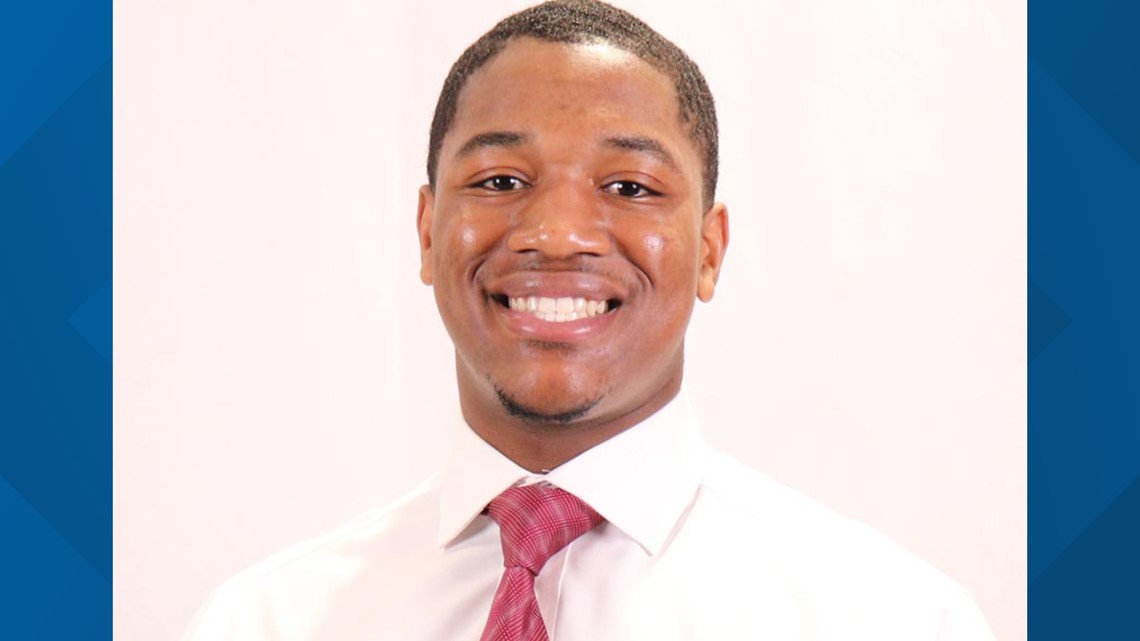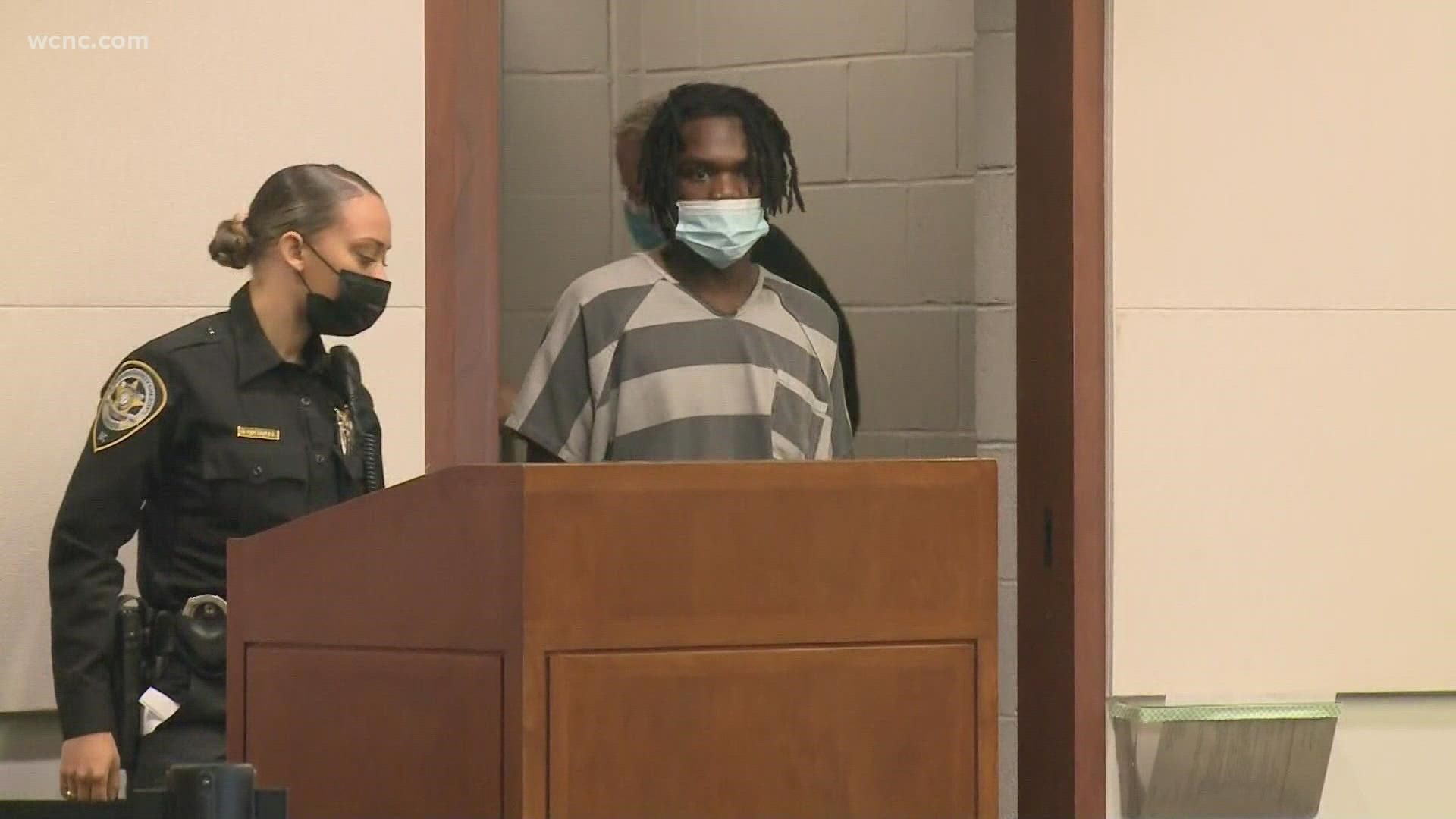HICKORY, N.C. — A man accused of murdering a Lenoir-Rhyne University football player appeared in court Monday morning.
Quavius Shamond Izard, 21, was formally charged with murder and faces life in prison without the possibility of parole if convicted for the death of 19-year-old Omari Drovon Alexander.
He is being held with no bond on the first-degree murder charge. He has a bond set for another charge, a felony probation violation.
Police said Izard was found hiding on a property in Collettsville by the owner on Wednesday, Nov. 24. The property owner found the suspect and contacted the Caldwell County Sheriff's Office. Collettsville, North Carolina, is about 27 miles northwest of Hickory, where the shooting took place.
Alexander was a football player at Lenoir-Rhyne University and was fatally shot on Nov. 20 in Hickory, police said. Lenoir-Rhyne said Alexander was a sophomore from Concord, North Carolina.


"Omari was a special young man who had a bright future. He will always be remembered fondly by his teammates and the LR community,” Kim Pate, vice president for athletics for Lenoir-Rhyne, said in a statement.
Alexander was also a graduate of Mallard Creek High School in Charlotte, according to Lenoir-Rhyne.
A second suspect, 20-year-old Hailee Maureen Melanson, was arrested and charged with felony accessory after the fact in connection to the crime. Melanson is being held without bond in the Catawba County Jail and appeared in court Tuesday, Nov. 23 for a first appearance hearing.
Anyone with information regarding this ongoing investigation is encouraged to call the Hickory Police Department at 828-328-5551 or contact Investigator David Moore directly at 828-261-2686 or dfmoore@hickorync.gov.
Note: WCNC instituted a new policy in March 2021 regarding the broadcast or posting of mugshots.
WCNC will only air or post a mugshot if the person has been formally charged with a crime and in a few other cases. The exceptions include: If it appears the person could be a danger to themselves or others or if they are wanted by authorities; to differentiate between people with a common name; if the photos could encourage more victims to come forward. The news-editorial leadership may also decide to use a mugshot based on the severity of the crime(s) committed and/or the level of public interest in the crime and ensuing criminal proceedings.

